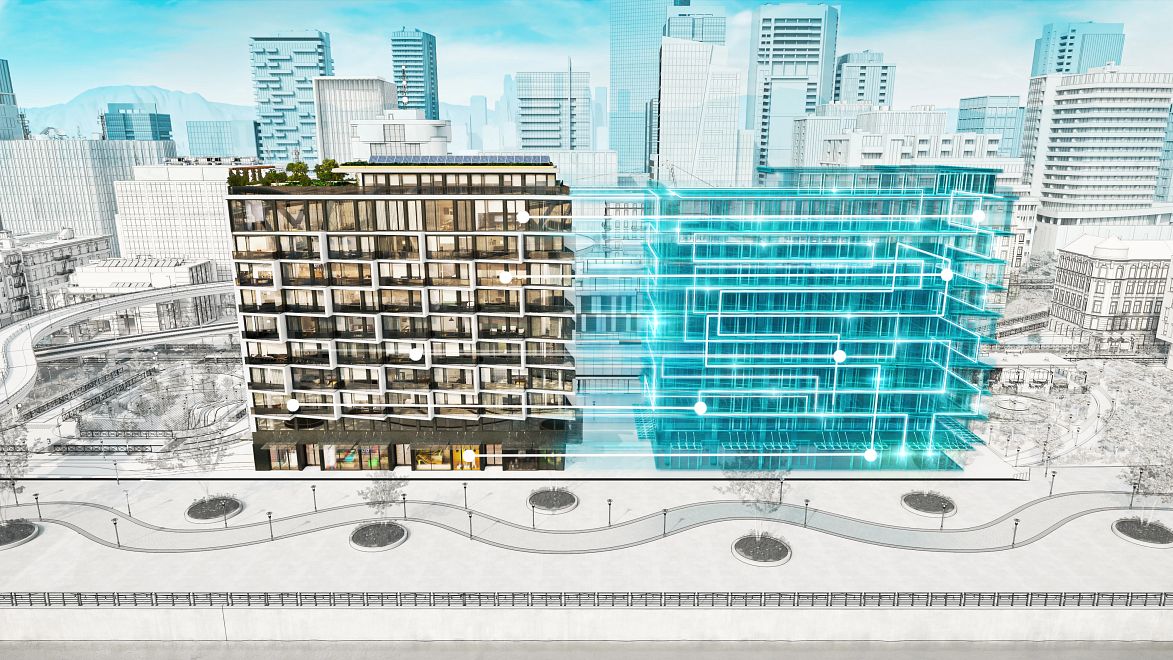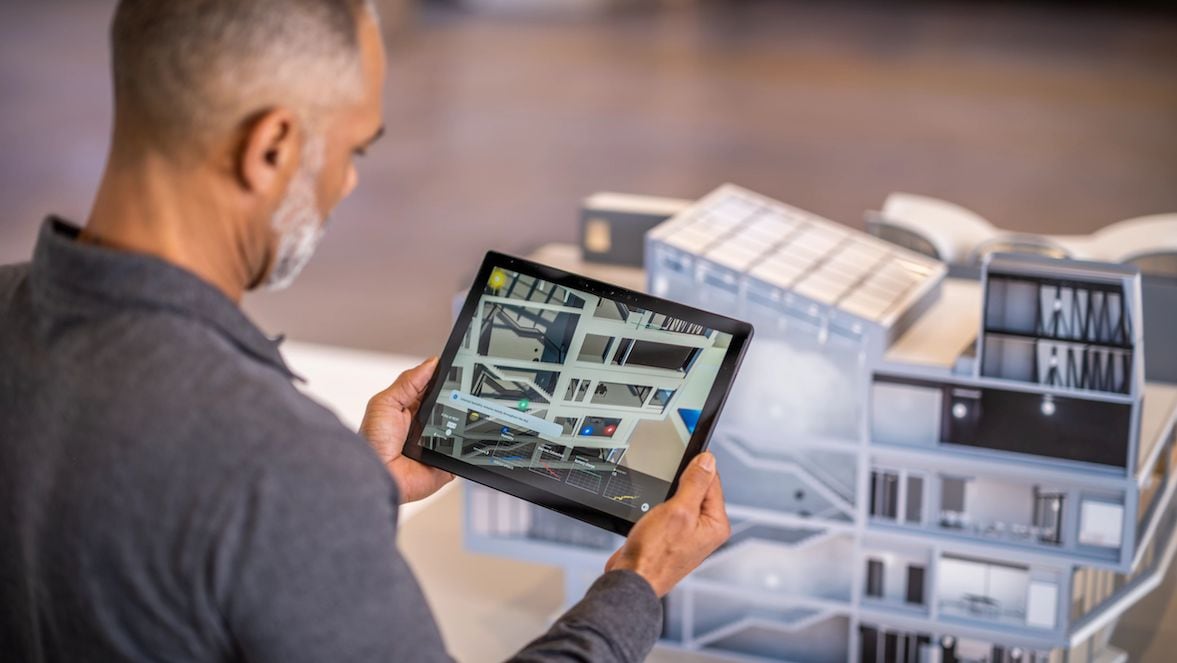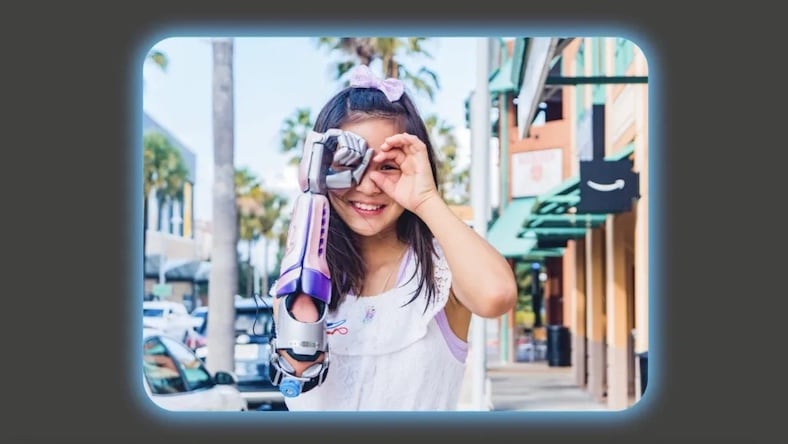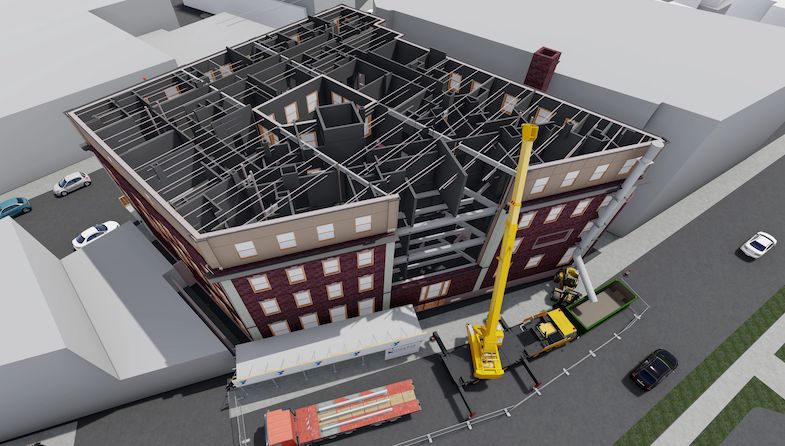& Construction

Integrated BIM tools, including Revit, AutoCAD, and Civil 3D
& Manufacturing

Professional CAD/CAM tools built on Inventor and AutoCAD
A virtual twin is a digital duplicate of a real-world object that goes beyond traditional 3D modeling. The virtual twin offers to run real-world simulations and gather deep performance analytics for new layers of insight and more intelligent decision-making.
Unlike traditional 3D models, virtual twins provide real-time performance feedback, enabling dynamic, ongoing improvements. This level of detail can help makers lower costs by fine-tuning processes, equipment, and workflows for increased speed and efficiency. Virtual twins adapt to live data, allowing you to refine even post-prototype designs, reducing the time from concept to market. This increased efficiency using the virtual twins’ insights makes your operations faster, more affordable, and safer. Industries like medicine and transport have already embraced this technology, and now factories can use the same caliber of data-driven decision-making.
Virtual twin technology revolutionizes every step from design to execution, dramatically simplifying processes and setting new standards in many industries.
Virtual twins let you test your design changes and see their impacts before committing to costly physical prototypes or production adjustments. Get real-time data and insights to optimize efficiency, minimize errors, and make smarter decisions—ultimately saving you time and money.
No more delays going back to the drawing board after each prototype. Evaluating your work in a complete environment simulation lets you do as many live runs as necessary to find the optimum design.
Whether it’s a robot/human collaboration space or practicing putting a stent in a patient’s artery, you can perfect the technique by practicing on a virtual twin as many times as necessary.
Design, test, tweak, and test again endlessly, finding and eliminating every choke point digitally before you begin the physical process.
When deployed across a single platform, every vested project participant can add or interrogate virtual twin data that impacts their work, showing a more complete picture for everyone.
Powerful BIM and CAD tools for designers, engineers, and contractors, including Revit, AutoCAD, Civil 3D, Autodesk Forma, and more
Get Inventor + AutoCAD + Autodesk Fusion + more—Professional-grade tools for product development and manufacturing planning.
ARCADIS
Built in the 1940s, the Collins Park Water Treatment Plant in Toledo, Ohio, needed vital upgrades to existing systems. Urban architecture firm Arcadis created a virtual model from 3D scans using ReCap and Revit, with Infraworks adding GIS data—all while the plant was still up and running.
Image courtesy of Arcadis
LIMBITLESS SOLUTIONS
Bionic arm maker Limbitless is a University of Central Florida nonprofit using Fusion 360 to make 3D printed prosthetic arms for kids—and creating virtual twins of prosthetics to make them a perfect fit for the user.
WINDOVER CONSTRUCTION
General contractor Windover Construction was on a mission to improve the handover of client materials after construction—a virtual twin of the project was the answer.
Image courtesy of Windover Construction
Learn how collecting data from across the project and connected domains (like the local environment) is putting tomorrow's manufacturing capability in your hands today.
Watch and learn how to better design a factory operation using a virtual twin, from collecting information to deploying and connecting your model.
Read how Scottish water authorities used virtual twin modeling to regulate water use in centuries-old water systems.
Discover how a Swedish architecture firm is using advanced technology to catalog building materials to maximize their reuse potential.
See how virtual twin technology allowed historians and engineers to reimagine the surrounding grounds after the devastating fire at Paris’s Notre-Dame Cathedral in 2019.
A digital twin is a digital representation of a project (process, system, object, etc.) directly from the 3D design model and can be quite static in its natural state.
A virtual twin goes deeper, introducing data beyond shapes, sizes, and dimensions. Temporal data about how a space or thing behaves over time reveals how it’s being used. Meanwhile, connecting the model to data from the wider environment lets you situate it in a more realistic modeling framework to reveal even richer performance measurements.




